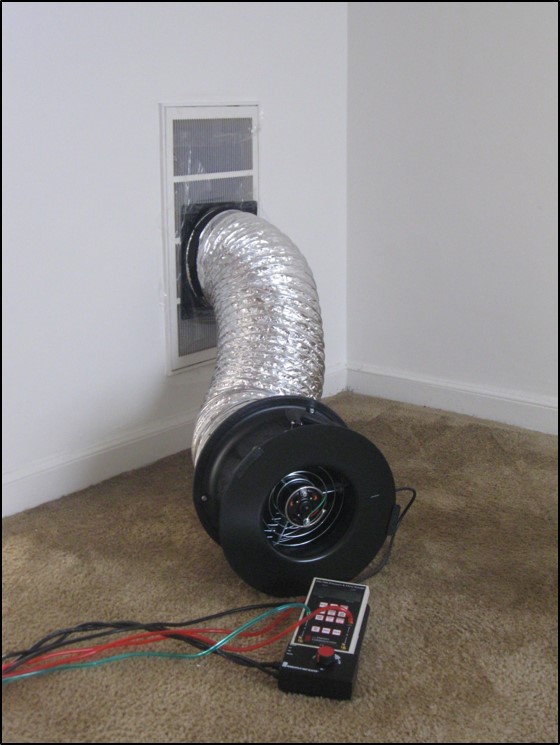Duct Testing is Required for Certain Homes
Under the 2018 IECC, Texas requires a duct leakage test if any ducts are located
outside the building’s thermal envelope (e.g., attics, crawlspaces, garages).
✔ If all ducts and air handlers are inside conditioned space, testing is not required. Duct testing is only required if ducts are in unconditioned spaces.
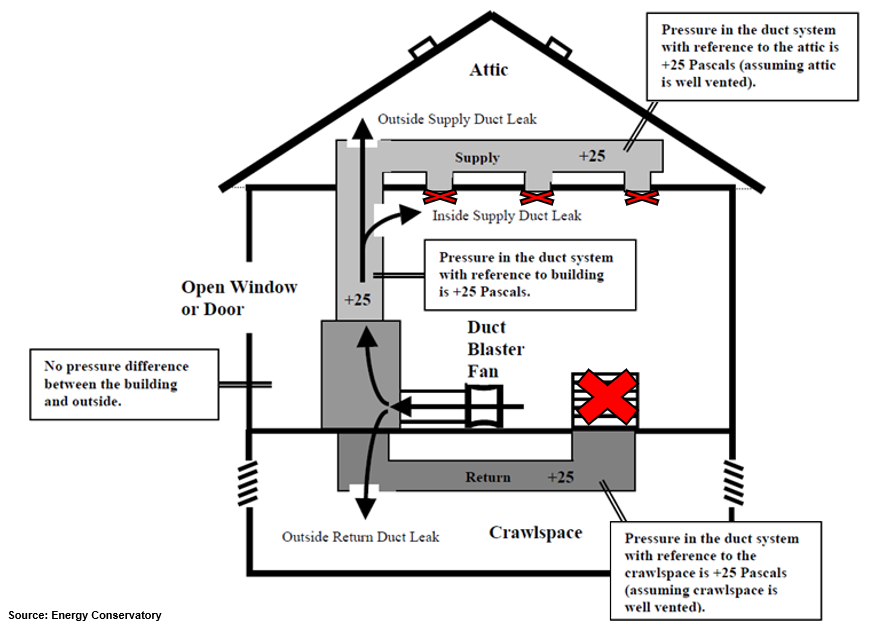
| Test Condition | Max Leakage Allowed |
|---|---|
| Total Leakage (pressurized at 25 Pa) | ≤4.0 CFM per 100 sq. ft. of CFA |
| Leakage to Outdoors (if applicable) | ≤4.0 CFM per 100 sq. ft. of CFA |
Note: CFA = Conditioned Floor Area.
✔ If ducts are fully inside the conditioned space, testing is waived.
✔ Performance Path & ERI Path Compliance: Higher leakage may be allowed if offset by other efficiency improvements.
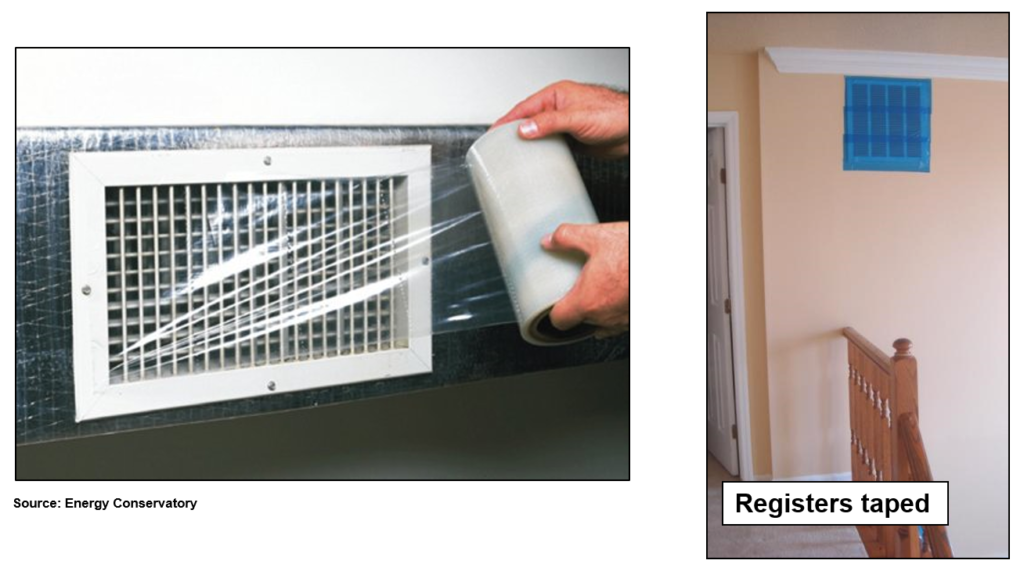
How a Duct Leakage Test Works
A duct blaster test pressurizes the ducts to 25 Pascals (Pa) to measure the total amount of leakage in Cubic Feet per Minute (CFM25).
✅ Test Procedure:
1. Registers and grilles are sealed with plastic or tape.
2. A fan is connected to the air handler or return grille.
3. A pressure probe is inserted into a supply duct.
4. The fan speed is adjusted to pressurize the system to 25 Pa.
5. The total leakage (CFM25) is measured.
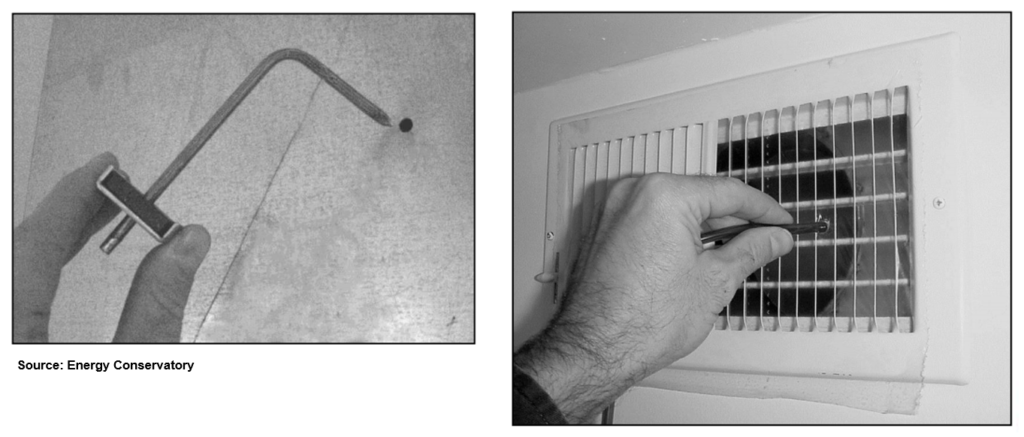
How to Pass a Duct Leakage Test in Texas
✔ Seal all duct joints with mastic or UL-181 tape.
✔ Use rigid or flexible ducts that are properly installed and secured.
✔ Ensure return and supply plenums are properly sealed.
✔ Avoid leaks at air handler connections.
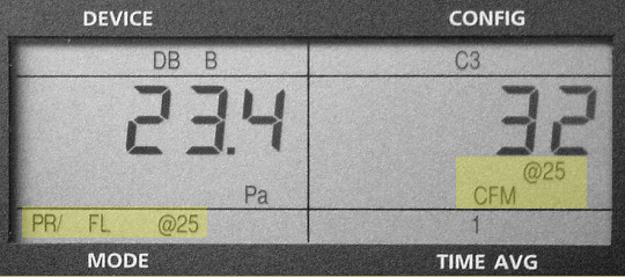
📞 888-213-3975 – Local Energy Audits – Schedule your duct leakage test with a certified energy auditor today!
